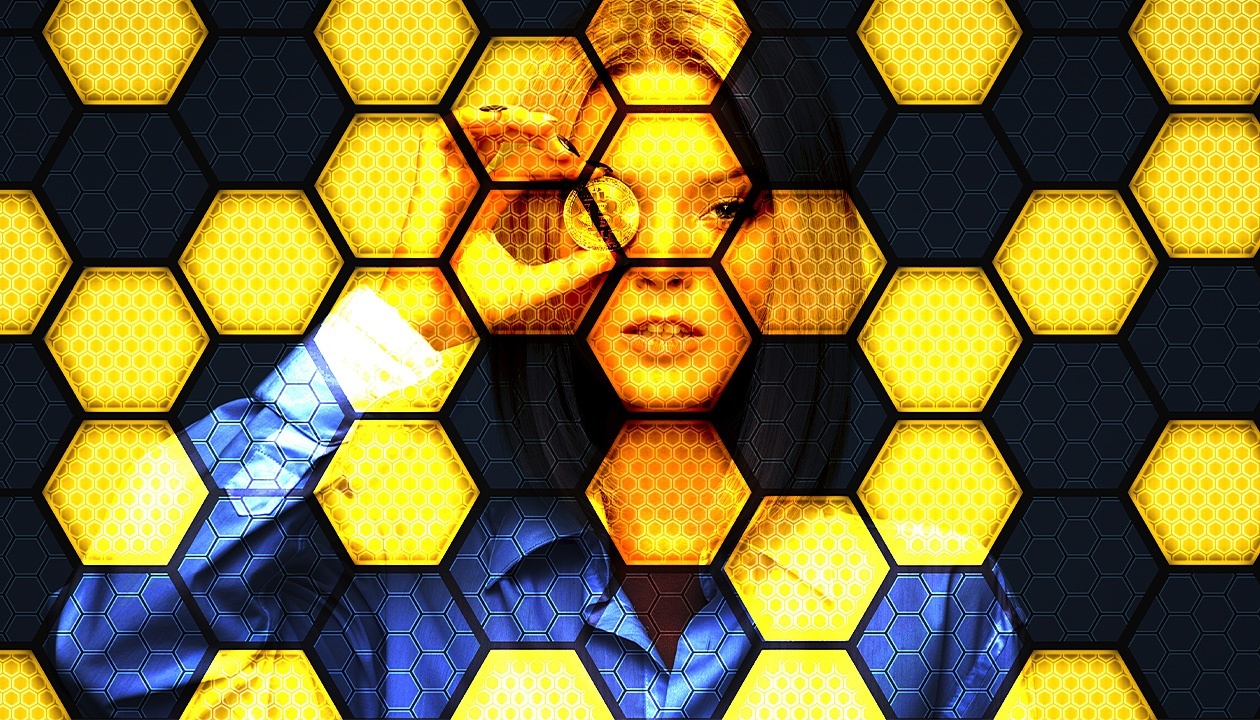Blockchain is one of the most exciting recent technological developments. While Blockchain sounds complicated, its basic principle is simple: it is a record (or ledger) in which every entry is unalterable, public, and permanent. According to its proponents, Blockchain could revolutionize society and change the way we spend money, negotiate contracts, and even track shipments.
While Bitcoin is the most well-known platform built using Blockchain, Ethereum is another—and arguably even more impressive—Blockchain-based platform. If you’re looking to transform your future by pursuing a career in Blockchain, Ethereum is an important concept you’ll learn about in Blockchain development courses.
Ethereum Is One of Blockchain’s Biggest Concepts Nowadays
Ethereum is a peer-to-peer platform where users write code to develop applications and control money without the presence of a third party. As the world’s biggest programmable blockchain, Ethereum is like Bitcoin in some ways. For example, it produces its own crypto-currency, called “ether,” that is similar to bitcoin. It’s also a decentralized platform through which users can connect with each other and exchange crypto-currencies and new applications without governments or corporations controlling the infrastructure.
Ethereum is also a community where users control their own data and use their computers (known as “nodes”) to replace clouds and servers. This system of decentralized nodes means that services can be offered without the infrastructure of that system being owned by any single entity. Invented in 2013 by programmer Vitalik Buterin, Ethereum’s ultimate goal is to decentralize the Internet and numerous other facets of society.

Ethereum’s goal is to create a more decentralized Internet
It’s Distinct from Other Crypto-currencies and Forms of Blockchain
In your blockchain technology course, you’ll learn more about how Ethereum is different from other Blockchain platforms. The program operates with a “do-it-yourself” mentality, with thousands of nodes running on it, which allows for the exchange of money and goods and services to be fully decentralized.
The platform’s currency, Ether, also acts as a piece of code to pay for users’ running of their respective applications without the need for an intermediary to process any transactions. Ether can be stored in an online crypto-currency wallet and be exchanged for other crypto-currencies, fiat currency (i.e., real money), and goods and services.
When You Learn Blockchain Programming You’ll Learn About Ethereum’s Coding Language
To best understand Ethereum while you learn Blockchain programming, you must familiarize yourself with its primary programming language, Solidity. Similar to JavaScript, this form of coding is used for writing “smart contracts” to help run DApps (decentralized applications). With Solidity the terms and conditions for those applications can be implemented by Ethereum.
Through Solidity, users are able to enforce business logic that leaves a permanent and unalterable transaction record. Because records are trackable and irreversible, they are highly secure and resistant to fraud. That makes them extremely attractive to many businesses and industries and it is why the demand for Blockchain developers is so high. Ethereum is an especially intriguing component of the Blockchain world and you’ll learn more about it in your Blockchain developer course, including how to develop a smart contract from scratch and how to develop applications with Solidity.
Looking to learn about Blockchain development?






